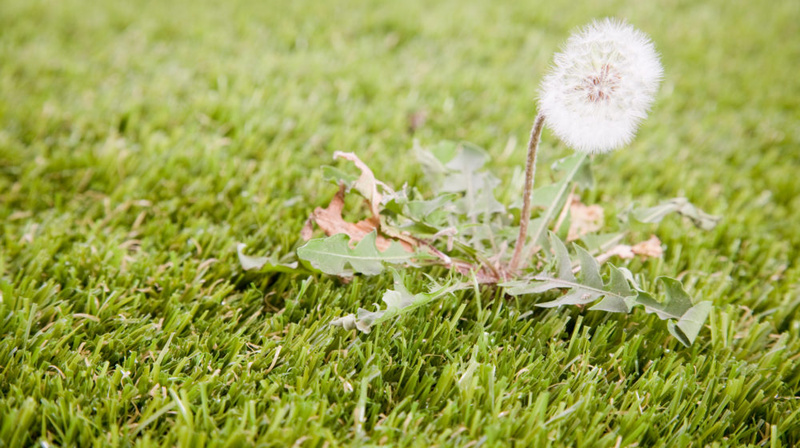
How to Control Typical Florida Weeds
Florida lawn weeds can be controlled through proper mowing, hand removal, and selective herbicide applications. Preemergence herbicides must be applied before weed seeds germinate; postemergence herbicides are applied after weeds have emerged. Effective weed management usually requires both kinds of herbicide applications.
The best way to control weeds is to prevent them from taking root in the first place. However, for most homeowners who care for their own lawns, weeds have already become established, and the question is now how to control them.
Weed Control Methods
Mowing, removal by hand, and applications of herbicides are the most common weed control methods in Florida.
Mowing turf regularly and at the proper height will discourage weed growth. Grass that is mowed at the right height (i.e. not too short) will shade the soil, thus reducing the ability of seed heads to take in sunlight and germinate. Additionally, when weeds are mowed before they can produce seed heads, their capacity to spread through seed dispersal is minimized.
Hand removal of weeds is only practical when few weeds are present. It’s important to pull the whole weed out, including roots, to ensure that the weed won’t grow back. Some weeds (like Florida pusley) may need to be dug out with a trowel to access the whole root.
Herbicides are chemicals designed for application onto plants to kill them. Some herbicides are most effective when applied at certain phases of the weed’s life cycle (for example, before they form seed heads).
About Herbicides
Herbicides come in four types: selective, nonselective, contact, and systemic.
Selective herbicides kill specific plants/weeds and leave others unaffected. This type of herbicide is usually applied to lawns so that turfgrass is undamaged while turf weeds are targeted.
Nonselective herbicides kill whatever plants they hit, so they are not used on lawns except for spot treatments or to kill patches of turf with the intent of re-sodding or seeding. Products such as Roundup (glyphosate), Finale (glufosinate), or Reward (diquat) are nonselective herbicides.
Contact herbicides kill only those portions of plants that they come in contact with. Their active ingredients are not carried to other plant parts, so they don’t kill anything underground. Basagran (bentazon), Finale, and Reward are contact herbicides.
Systemic herbicides are carried throughout a plant’s vascular system and are effective at killing a whole plant, including underground parts. Roundup, Banvel, Image, Bonus S, Segment, 2, and 4-D are all systemic herbicides.
Preemergence and Postemergence Herbicides
Keeping lawn weeds under control using herbicides requires application at specific times of year. Some herbicides are designed to kill weeds before they germinate; these are called preemergence herbicides. Others are designed to kill weeds after they have grown/emerged from the ground; these are postemergence herbicides. The best weed management program involves applying both kinds of herbicides.
The University of Florida Extension recommends applying preemergence herbicides by February 1 in South Florida, February 15 in Central Florida, and March 1 in North Florida. When winter daytime temps have reached between 65 and 70 degrees for four or five days in a row, it’s time to apply a preemergence herbicide, regardless of location.
Postemergence herbicides are most effective when sprayed on young weeds. The more mature the weed, the more resistant it is to chemicals, and repeat applications may be required.
For more information, read the UF IFAS Extension’s excellent article on weed management, written by Bryan Unruh, Ramon Leon, Barry Brecke, and Laurie Trenholm.